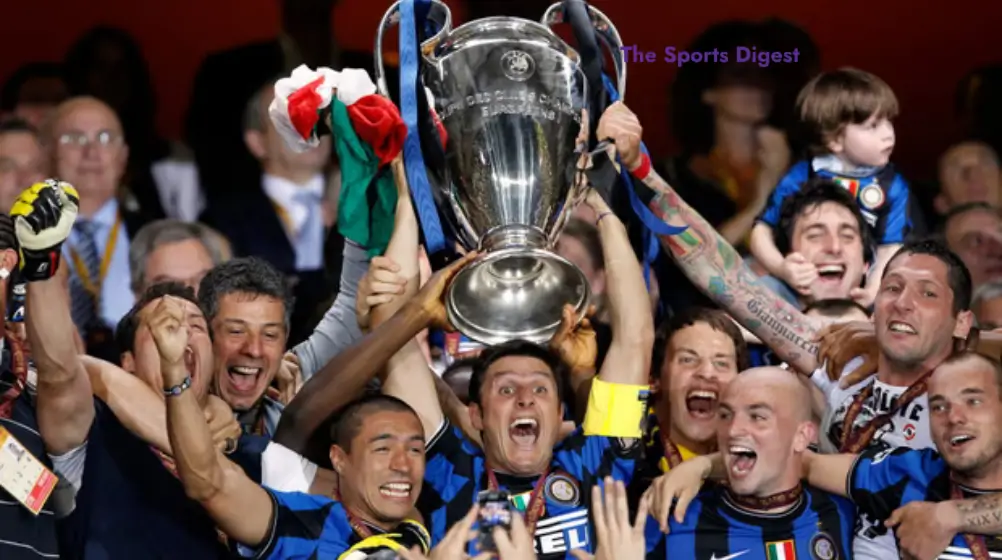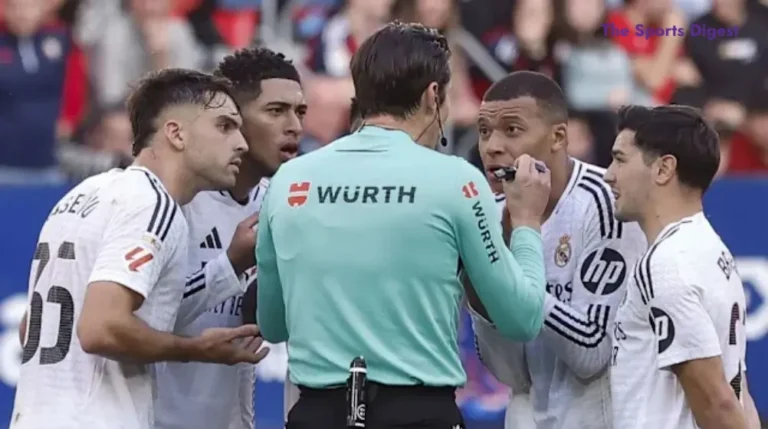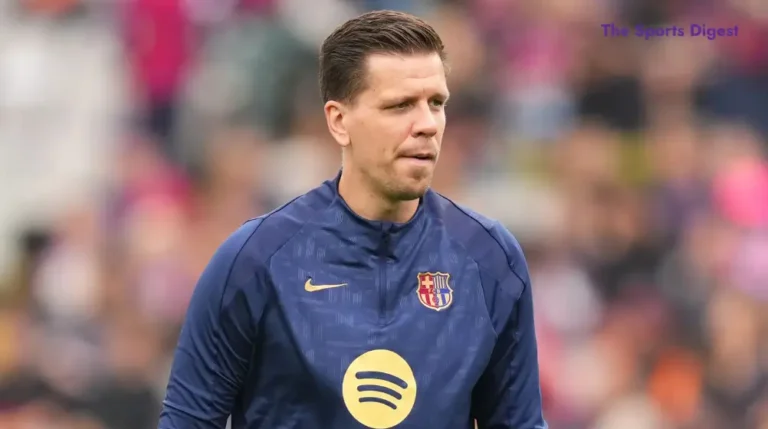Italian Football’s Fall: Full Analysis
As a child of Italian football, my early experiences were profoundly shaped by the tactical brilliance of AC Milan’s 4-0 demolition of Barcelona in the 1994 Champions League final. That match wasn’t just a victory—it was a masterclass in football’s tactical possibilities. The journey continued through difficult encounters with Italian youth teams, painful defeats to the national team, and ultimately, the 2010 Champions League final loss to Inter Milan—a night that exposed both our evolution and our lingering tactical immaturity.
Table of Contents
The Golden Era
There was a time when Serie A reigned supreme as the world’s most prestigious football league. Italian clubs asserted their dominance in European competitions throughout the 1990s and early 2000s. Their success was built on Arrigo Sacchi’s revolutionary ball-oriented zonal marking system, which became a tactical blueprint across Italy. The era’s prestige was perhaps best captured by German midfielder Andreas Möller’s iconic quote: “Milan or Madrid? As long as it’s Italy!”
The Beginning of the Fall
The 2010 Champions League semi-final between Inter Milan and Barcelona marked a symbolic turning point. Inter’s progress relied heavily on fortune against a technically and physically superior Barcelona. José Mourinho’s ultra-defensive tactics in the second leg looked more like a desperate gamble than a tactical masterstroke. His swift departure to Real Madrid after securing the treble punctuated the end of an era. Serie A has since endured a long spell without lifting the Champions League trophy.
Diagnosing the Decline
Italian football has undergone a dramatic shift in ownership structures. Local patrons with deep emotional and cultural ties to their clubs have mostly been replaced by American investors and global business groups. This change has diluted the identity and spirit of many historic clubs.
Crumbling Infrastructure
Italy’s rich footballing legacy stands in stark contrast to its outdated and deteriorating stadium infrastructure. Aging venues lack the commercial appeal and vibrant atmosphere needed to compete financially and attract global fans. While modernization efforts are planned ahead of Euro 2032, the current situation remains dire.
Sporting Deficiencies
Lack of Physical Intensity: Italian teams often lack the energy, pace, and urgency seen in top European sides. Financial Limitations: Serie A clubs invest significantly less in transfers and player development compared to their Spanish, English, French, and German counterparts.
Endurance Issues: Data shows that Italian teams cover less distance during matches. Even in 2010, Mourinho’s forwards suffered from cramps—an early warning sign of this problem.
Tactical Stagnation: The game in Italy is still played with an outdated tactical “operating system”—slow, rigid, and no longer suited to modern football.
A Crisis in Player Development
The system’s flaws have deeply impacted Italy’s ability to produce elite talent. There is a noticeable absence of creative playmakers like Roberto Baggio and Alessandro Del Piero, or defensive icons like Paolo Maldini. This stagnation in youth development is perhaps the most alarming sign of systemic failure.
The Ferrari Analogy
Modern Italian football is like a throttled Ferrari—full of heritage and elegance, but running on a half-empty tank. While the quality and tradition remain, the lack of physical intensity (fuel) and tactical evolution (engine optimization) prevent Italian teams from reaching peak performance. Eventually, they sputter out when faced with more efficient and modern opponents.
Recent Case Study: Italy vs. Germany
Italy’s recent Nations League clash against Germany confirmed many of these issues. Although the team showed its traditional structural discipline, it was clearly outmatched in terms of pace, stamina, and physical intensity. The Germans exposed Italy’s limitations over the full ninety minutes.
Conclusion: A Crossroads Moment
Italian football stands at a defining crossroads. While its tactical heritage and historical importance remain unmatched, the failure to evolve has led to a steep decline in competitiveness. Unless Italy addresses its infrastructure weaknesses, redefines its club ownership philosophies, modernizes training methods, and upgrades its tactical models, Serie A risks fading into irrelevance on the European stage.
The path forward demands more than nostalgia—it requires a courageous reimagining of Italian football. Only by merging its legendary tradition with bold, modern reforms can Italy hope to rise again and challenge the continent’s best.
Have you ever read an article like this?
There are no reviews yet. Be the first one to write one.






